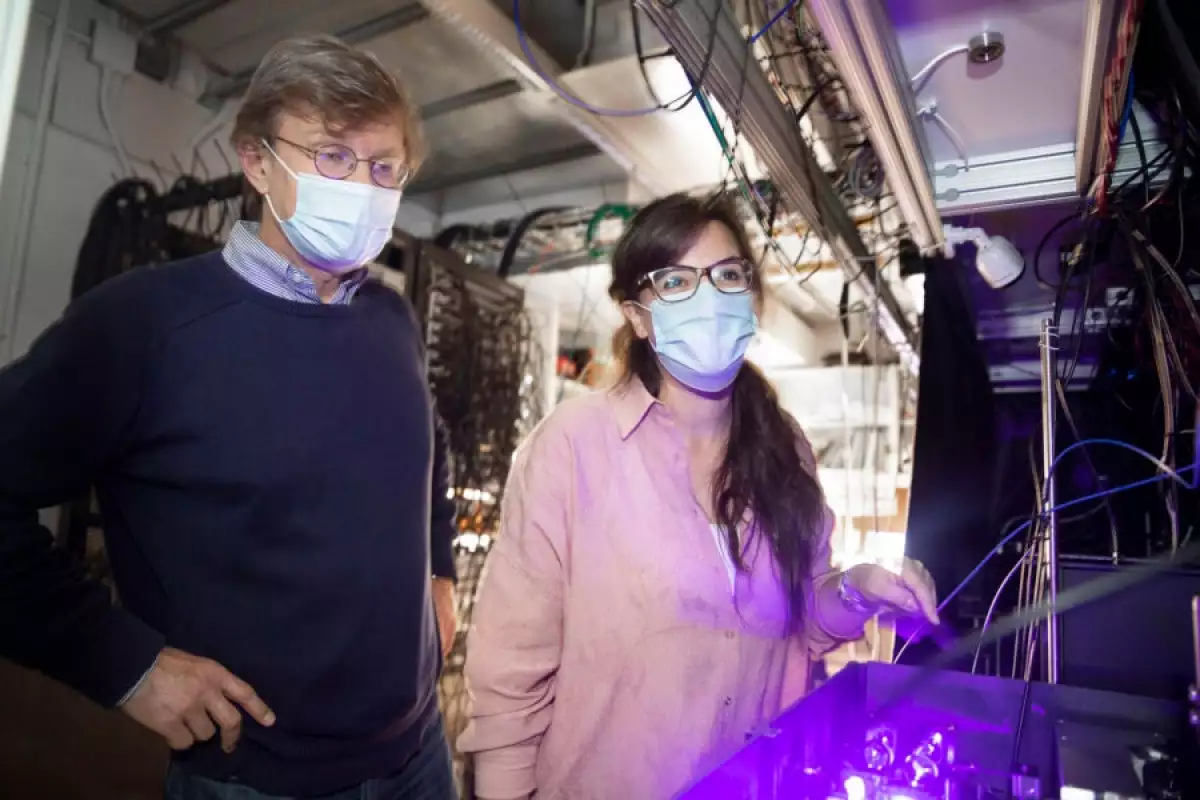An exotic state of matter originally hypothesized almost 50 years ago has been observed for the first time. Created by Harvard researchers, this material called quantum spin liquid could eventually help improve quantum computers.
For materials to become magnetic, the spins of the electrons in the material need to be highly ordered. The most common type of magnetism, as seen on your fridge, works because the spins of all the electrons in the material align in the same direction. Other types of magnetism can arise when the spins of neighboring electrons alternate up and down in a checker box pattern – it still works as long as there’s order.
But in 1973, physicist Philip Anderson hypothesized a state of matter called quantum spin liquids, which wouldn’t follow these rules. When the material was cooled, it wouldn’t form a solid and, importantly, their electrons wouldn’t stabilize into a highly ordered state. Instead, they would be constantly switching around, entangling with each other in a complex quantum state.
Now a team of scientists led by Harvard has created and observed a quantum spin liquid for the first time. To do so, the researchers used a programmable quantum simulator they developed a few years ago, which suspends 219 atoms in a grid using lasers. The properties of these atoms can be carefully manipulated, including the spins of their electrons.
For this study, the team arranged the atoms in a triangular lattice, which means that each has two immediate neighbors. A pair of electrons can magnetically stabilize one way or the other, because their spins can either align or alternate – but having a third wheel throws off that balance, creating a “frustrated magnet” that can’t settle.
The resulting quantum spin liquid exhibits a few useful quantum phenomena, such as entanglement – where atoms can influence each other across vast distances and even “teleport” information – and quantum superposition, where atoms can exist in multiple states at once. Both of these are useful for building quantum computers that should be more resilient against external interference.
“We show the very first steps on how to create this topological qubit, but we still need to demonstrate how you can actually encode it and manipulate it,” says Giulia Semeghini, lead author of the study. “There’s now a lot more to explore.”
The research was published in the journal Science.
Source: Harvard




